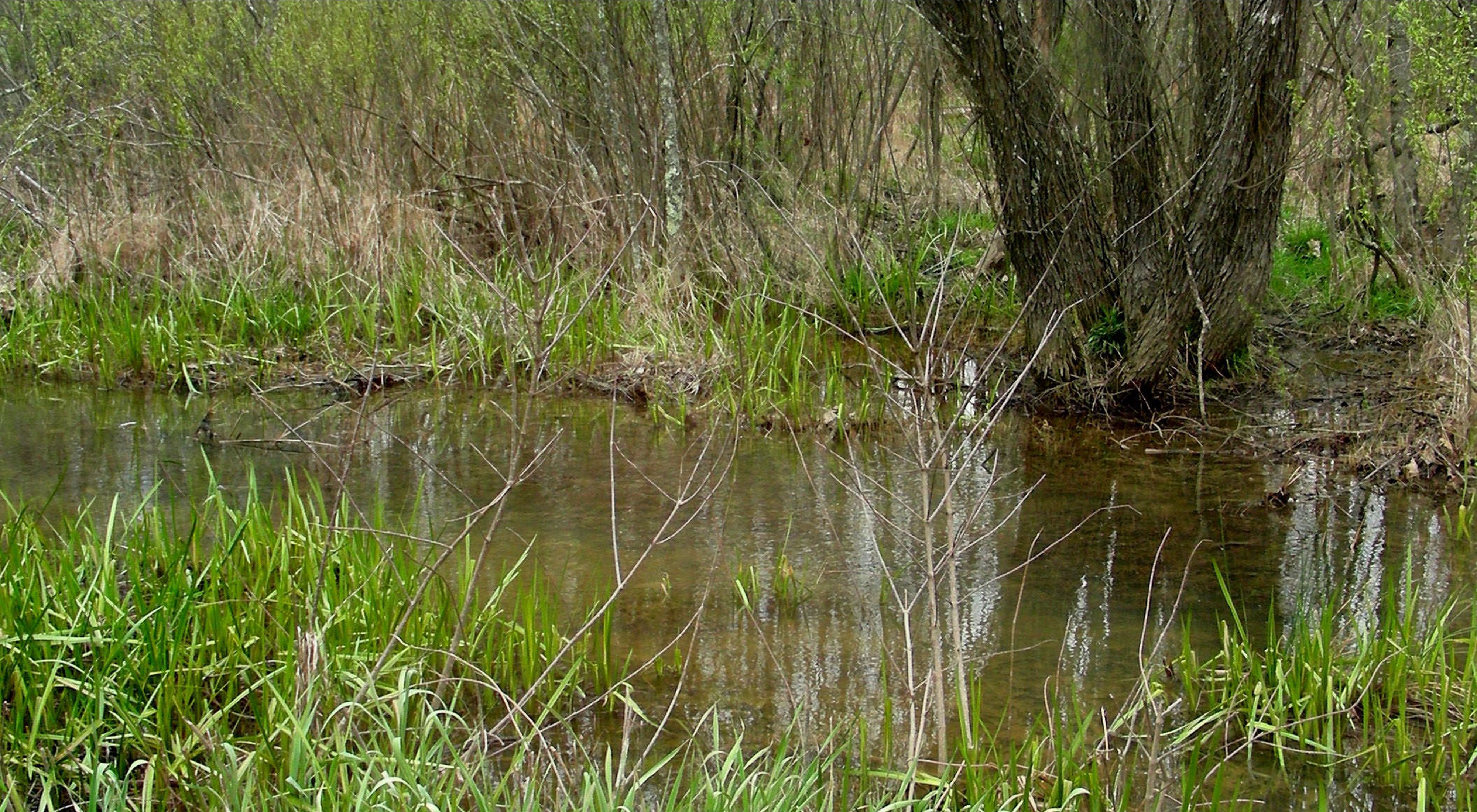Description
When the 270-acre Pumphrey Tract in The Nature Conservancy’s Buck Creek Watershed Project Area went up for auction to be developed into smaller lots, the Conservancy jumped in and acquired the parcel to conserve wildlife and protect a nearby cave system while fostering a sustainable, agriculture-based economy. Formerly a dairy farm and later, row crops, the Pumphrey Tract required extensive restoration.
Almost immediately, the Conservancy secured a conservation easement on 150 acres of the tract through USDA’s former Wetland Reserve Program (WRP) to ensure that once restored, the property would remain protected forever. Landowners who enrolled acres in the WRP became eligible for technical and financial assistance with managing wetlands, wildlife habitat, soil, water and other natural resources.
On a different portion of the property the Conservancy transferred land to Pulaski County as a nature preserve for public enjoyment thanks to assistance from Kentucky’s Heritage Land Conservation Fund. The Conservancy has since worked on connecting portions of the natural floodplain—including stream meanders and riffles and pools for all of the small tributaries draining from the property—to the main stem of Buck Creek. The restored aquatic habitat, surrounded by a buffer of newly planted native bottomland forest, is expected to soon be healthy and intact enough to welcome rare species of fish and mussels back into the system.
Size
This mitigation project is part of the Buck Creek ecosystem that encompasses 188,472 acres in Pulaski, Lincoln and Rockcastle counties and is a tributary to the Upper Cumberland River.
Location
Buck Creek headwaters begin near Halls Gap in Lincoln County, with the majority of the watershed located in Pulaski County.
What’s At Stake
More than 30 species of freshwater mussels (nine of which are endangered or of state concern), 77 species of fish and one endangered bat species.
Some of the rarer species in the area include Cumberland combshell, oyster mussel, little-wing pearly mussel, Cumberland bean pearly mussel and Gray bat. Southern Maiden-hair Fern and northern white cedar can be found on some of the limestone bluffs and cliffs along Buck Creek. Yellow-wood, a small deciduous tree in the bean family is scattered infrequently along the lower section of Buck Creek, may be considered globally rare.
Threats
Incompatible forestry, river and stream channelization, mining, watershed impoundments, dam construction, road building, a rock quarry, incompatible livestock and crop production, invasive species, recreational vehicles and unimproved creek crossings.
Milestones
Acquired the 270-acre Pumphrey Tract and placed a WRP easement on 150 acres in 2005. Sold 35 acres of the Pumphrey Tract to Pulaski County and exchanged 40 acres with a local landowner for an easement on 86 acres in 2008. Planted approximately 30,000 native trees and shrubs in 2010.
Action
Thanks to grants from several generous partners, the Conservancy is implementing the Buck Creek Stream and Wetland Restoration Project to employ best management practices that reduce runoff reaching the watershed from local farms. To keep things on track, staff conducts sampling throughout the watershed to measure progress and identify priorities.
Partners
Kentucky Department of Fish and Wildlife Resources, Kentucky Transportation Cabinet, Natural Resources Conservation Service, Pulaski County Fiscal Court, United States Fish and Wildlife Service
